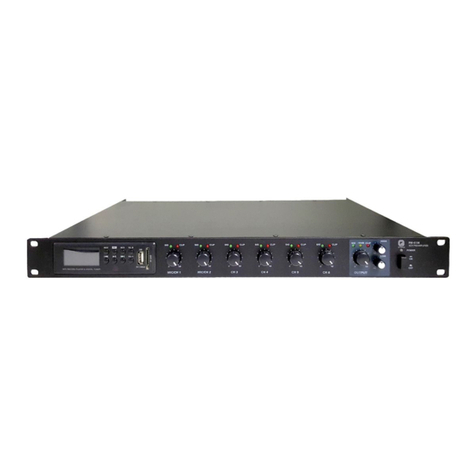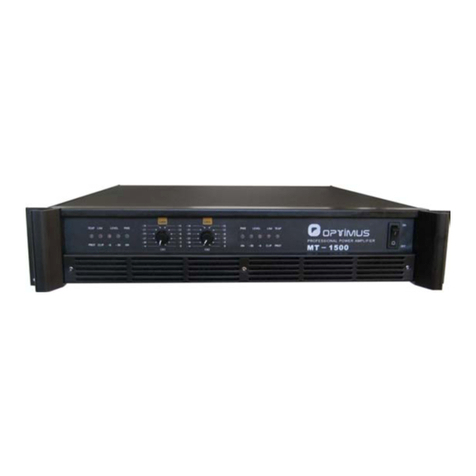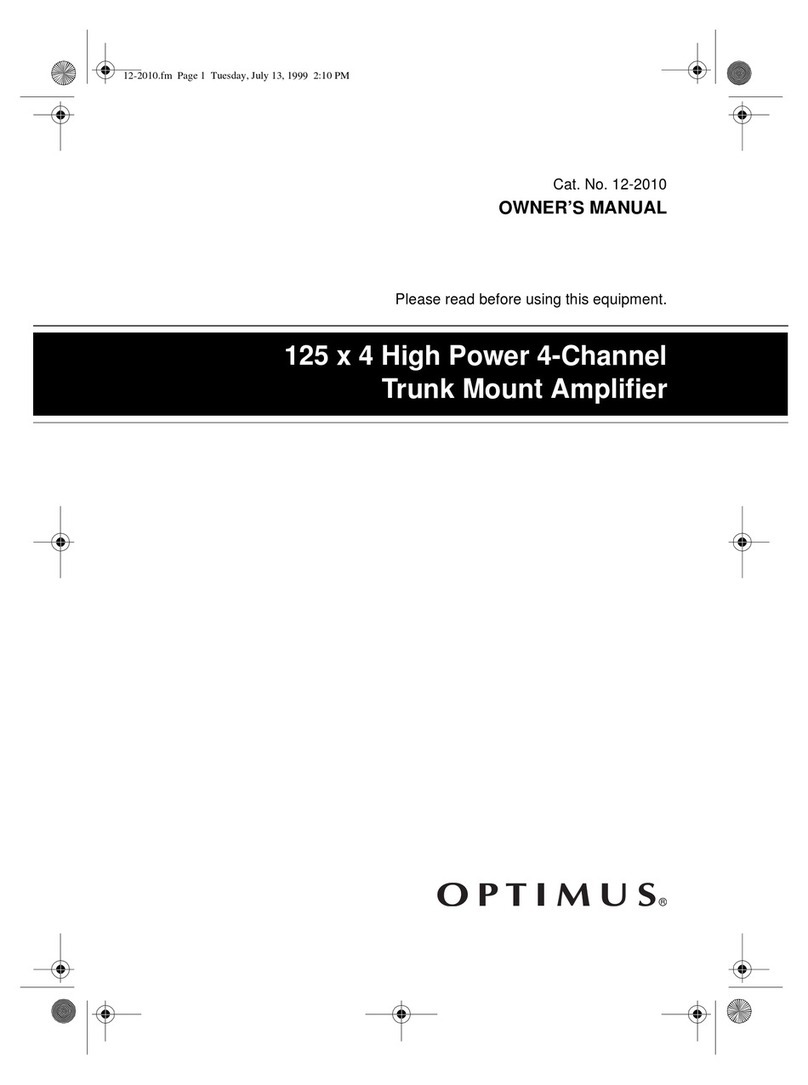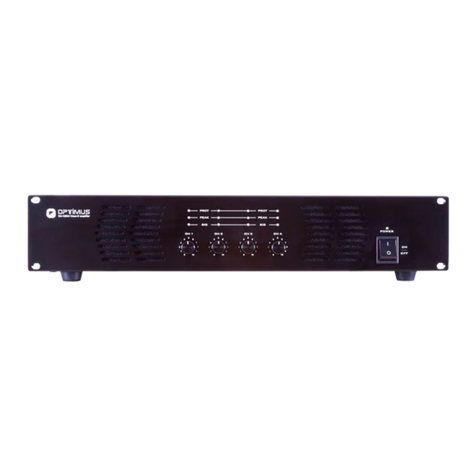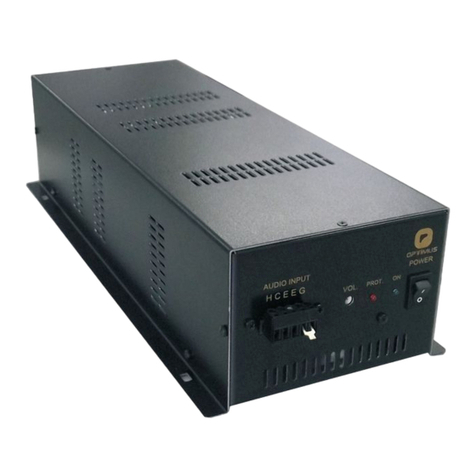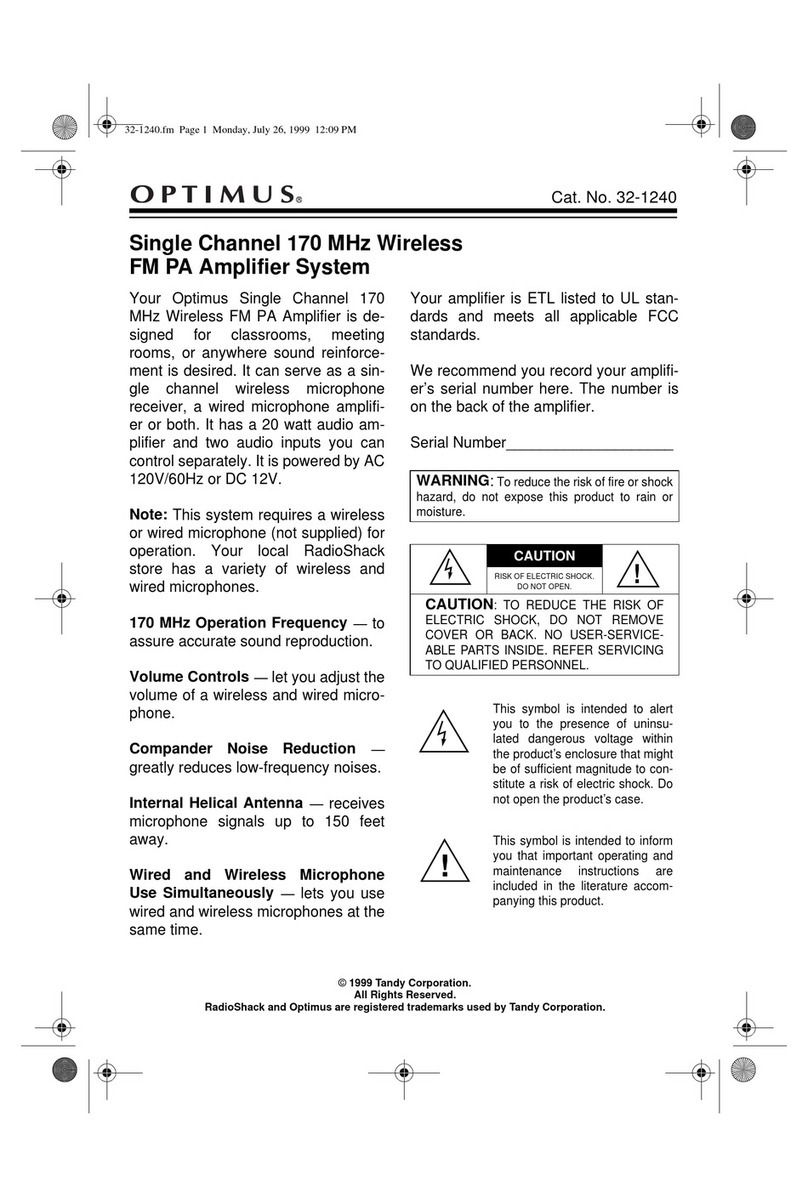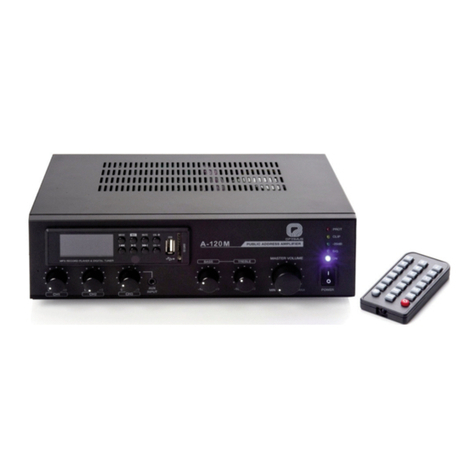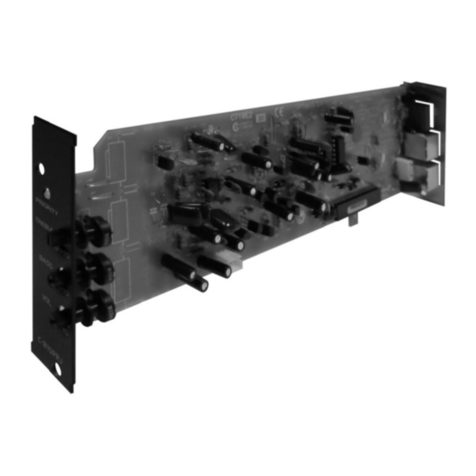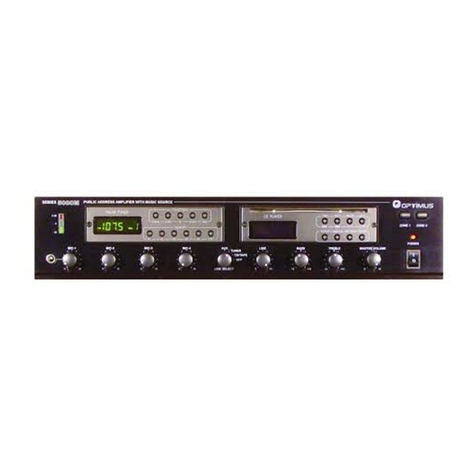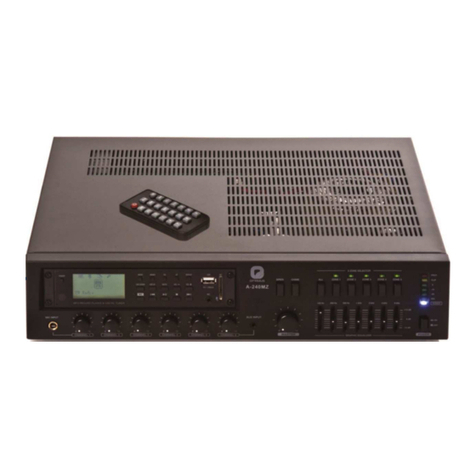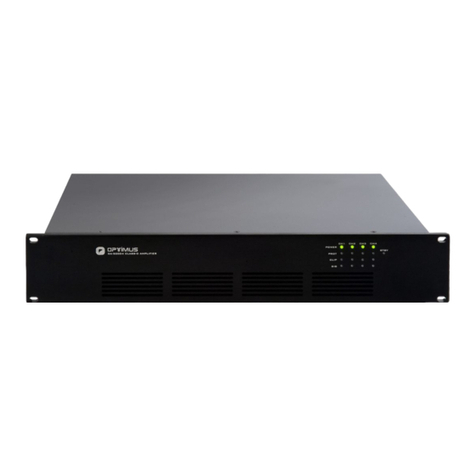
Note: For easier installation, mark each wire you plan to connect with the
name of the terminal you will connect it to.
BEFORE YOU MAKE THE CONNECTIONS
The supplied connection cables include all the lead wires you need to
connect the amplifier to ground, power, and your existing autosound system.
Important:
Do not cut these wires. If you cut any wire, you cannot obtain a refund
or exchange on this product. However, RadioShack will provide warranty
service if you cut a wire and find the product is defective.
If the connectors on your vehicle's autosound system are not compatible
with the amplifier's connectors, you might need an adapter harness to
complete the connections. RadioShack stores sell adapter harnesses for
most vehicles.
You might need additional wire, depending on your individual autosound
system, to complete the connections. Your local RadioShack store carries
a full line of wire and wire management accessories.
Cautions: For added safety and to protect your amplifier and autosound
system, disconnect the cable from your vehicle's negative (-)
battery terminal before you begin.
Be sure your speakers can handle as much as 50 watts of power
(25 watts per channel). Each speaker must have an impedance of
at least 4 ohms. Your local RadioShack store carries a full line
of speakers.
To make it easier to gauge wire length and connect the amplifier,
temporarily place the amplifier as close as possible to the selected
mounting location.
CONNECTING GROUND AND SWITCHED/PRIMARY POWER
Follow these steps to connect the amplifier to ground, switched power, and
primary power.
1. If you have not done so already, disconnect the cable from your
vehicle's negative (-) battery terminal.
2. Use a screwdriver to connect the spade end of the supplied black ground
wire to the amplifier's GND (ground) terminal.
